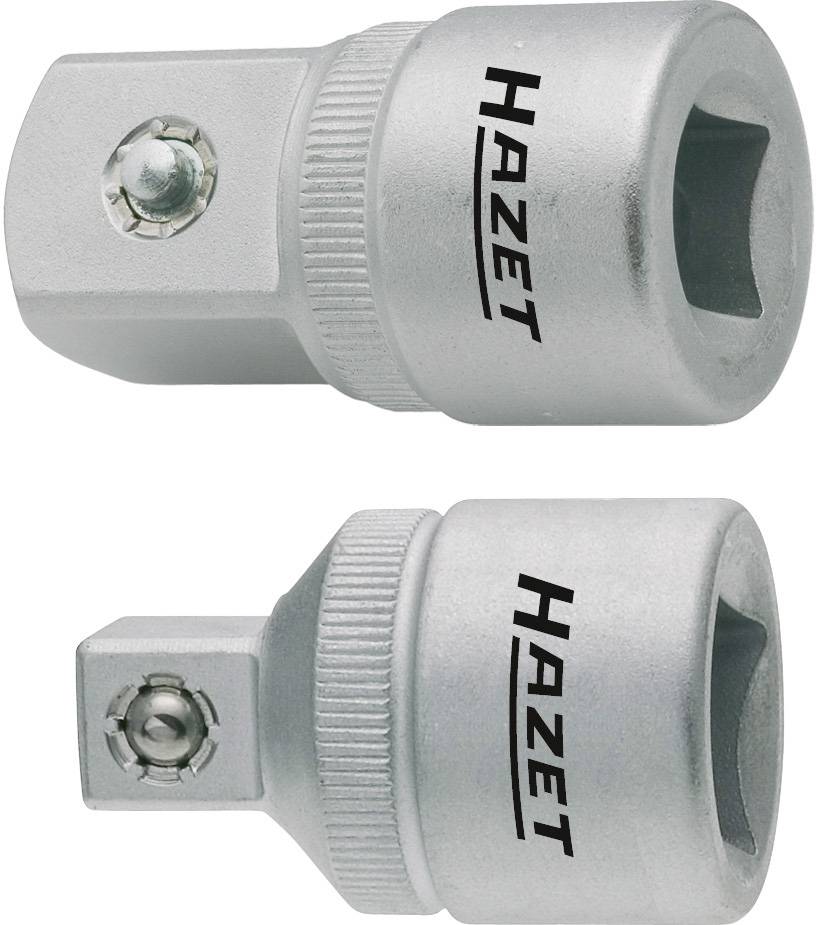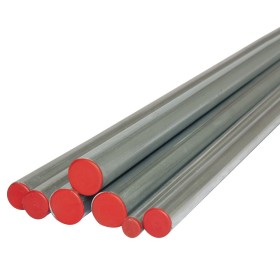

In 1893, the Office of Weights and Measures (now the National Bureau of Standards), fixed the value of the U.S. It was first promoted in the United States by Thomas Jefferson and in 1866 the US Congress officially recognized the metric system as a legal system of units. The metric system was developed during the French Revolution in the late 1700's. How is it possible to have two values for the same conversion? To gain an understanding of how this is possible, and why it is allowed to continue, it is necessary to take a brief look at the history of the metric system within the United States. This confusion stems from the fact that there are two, though slightly different, conversion factors that may be used in this process.Īre correct factors that can be used for converting feet to meters. There is some confusion surrounding the correct value to use when converting the English "foot" measurement to the metric "meter" measurement and vice versa. A complete guide to the SI system and its use can be found in ASTM E 380, Metric Practice. Do not round either value before performing the multiplication, as accuracy would be reduced. customary values) by the conversion factor exactly as given below and then round to the appropriate number of significant digits desired. The proper conversion procedure is to multiply the specified value on the left (primarily U.S. customary units and SI (International System ) units. The following list provides the conversion relationship between U.S. The metric system is much simpler to use than the existing English system since all its units of measurement are divisible by 10. SI provides a logical and interconnected framework for all measurements in science, industry, and commerce. Government to use the metric system exclusively was defeated by a single vote. In 1902, proposed congressional legislation requiring the U.S. The metric system of measurement was developed during the French Revolution and was first promoted in the U.S. The International System of Units (SI) is a modernized version of the metric system established by international agreement. Sterling Silver is a mixture of 92.5 % pure silver (925 parts) and 7.5 % metal alloy.Hard Conversions for Construction Materials To make it workable, an alloy such as copper is added. Fine Silver in its natural state, 999/1000 pure, is too soft an element for practical jewelry.Karatage is not marked because, legally, anything called "silver" or "sterling silver" is 92.5% pure. In its pure form silver is almost as soft as gold, and therefore is usually alloyed with copper for strength.While being accurate is very important to us at, due to factors beyond our control it is impossible to be exact each and every time, therefore we strive to maintain an accuracy of ± 5%. Approximate Metal Weight is intended use is for you to have an indication of Approximate weight of the metal.

However, lower karatages, such as 8-karat gold and 9-karat gold, are popular in other countries Nothing less than 10 karats can legally be marked or sold as gold jewelry in the U.S. In the United States, 14-karat gold, or 585 parts pure gold, is the most common degree of fineness. All other things being equal, the higher the karat, the more expensive the piece. When buying gold jewelry, always look for the karat mark.When comparing gold jewelry, the higher the number of karats, the greater the value. The karatage of the jewelry will tell you what percentage of gold it contains: 24 karat is 100 percent, 18 karat is 75 percent, and 14 karat is 58.5 percent gold.Gold also comes in a variety of colors - yellow, white, and rose (or pink). Gold is durable, sturdy, dependable, and makes an ideal setting for your precious diamond jewelry.Quarter Thickness is 1.75mm and Diameter is 24.26mm.Nickel Thickness is 1.95mm and Diameter is 21.21mm.Penny Thickness is 1.55mm and Diameter is 19.05mm.Dime Thickness is 1.35mm and Diameter is 17.9mm.

For thicker items you can stack multiple coins to acquire the approximate thickness or the width of your selected jewelry. In order To get clearer understanding of how thick or wide is a piece of jewelry, you can use US coins for reference. mmįor comparison purposes, here are the Thickness measurements of some common US coins: Use the chart and image below to convert mm to inches and approximate lengths.


 0 kommentar(er)
0 kommentar(er)
